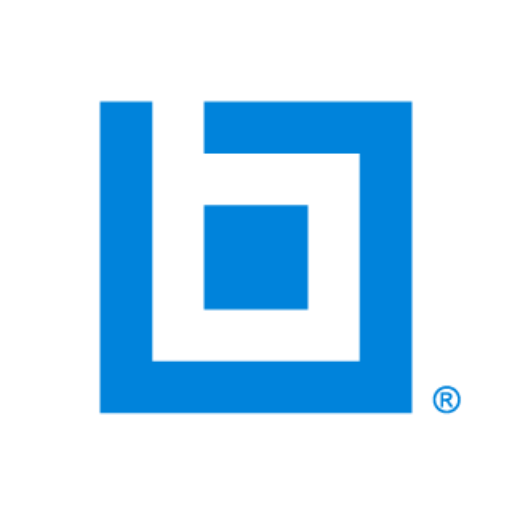2018 Revit Construction Documents
There are few things in the construction industry more rewarding than helping a client design a structure. It’s satisfying to help obtain cost estimates, get a loan, and most importantly, start the physical production of your client’s vision. Construction documents give that vision a clearly defined path to reality.
Construction documentation is complex and each sheet of documentation provides details for a particular area of the design. With all of that complexity, it’s important for construction documents to be compiled in a neat, orderly, and logical way so someone can navigate them and find what they’re looking for. The more straightforward your construction documents, the less likely they will be misinterpreted or cause errors, costing time, money, and reputation. Annotating your construction documents with dimensions, tags, symbols, text, and keynotes makes it easy for readers to navigate, understand, and interpret what’s in them.
At times, plans, elevations, and sections of certain buildings, warehouses, offices, apartment complexes, and restaurants, for example, are too large to fit on one sheet. Dividing a singular view, with the proper annotations, allows drawings to fit on multiple sheets and information to match and overlap between the divided views preventing details from getting lost in translation. Project phasing filters can also add to your documents. These filters can be utilized to show existing, demolished, and new construction scopes for large projects tackled in multiple phases and also for small renovations.
It’s tough to describe crucial details and provide a visual representation of a complete project with 2D drawings. Adding 3D views to your construction documents give more context to your designs and provide clarity to your clients. The techniques required to create and control 3D orthographic views, perspective views, and animated walkthroughs are thoroughly covered in the middle of this course.
Schedules are also an essential part of construction documents. The information contained within a schedule increases the accuracy of cost and time estimations. The content, appearance, and formatting of schedules can be modified in Revit to increase information related to quantities and element specifics included in the schedule.
Creating construction documents can be a bit of both art and science. Clearly and accurately providing all the details necessary to complete a project within specific drafting standards and architectural methodologies is a science. Navigating the balance of adding numerous details into a limited amount of space without making your construction documents indecipherable is an art. This course teaches you everything you need to create a complete set of construction documents and sets you on a path to be a master at both the art and science of construction documents.
























